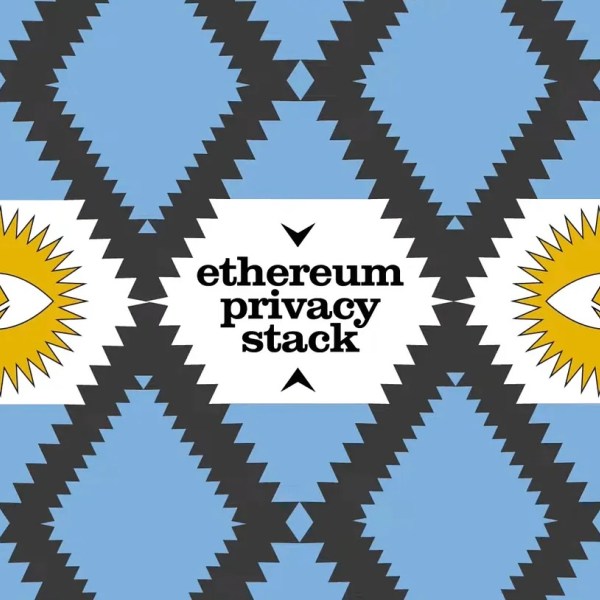Ethereum's Undervalued Treasury Play: Why ETH and DAT Companies Offer a Stronger Case Than Bitcoin
- Ethereum (ETH) outperforms Bitcoin (BTC) in 2025 as institutional capital shifts toward ETH-based digital asset treasuries (DATs) due to staking yields and utility-driven growth. - Institutional ETH accumulation hit 4.1M ($17.6B) by July 2025, driven by 4.5–5.2% staking yields and ETF inflows surpassing Bitcoin’s, with ETH/BTC ratio hitting a 14-month high of 0.71. - Regulatory clarity (CLARITY/GENIUS Acts) and deflationary supply dynamics position ETH as a yield-generating infrastructure asset, with Sta
The cryptocurrency market in 2025 is witnessing a seismic shift in institutional capital allocation, with Ethereum (ETH) emerging as a compelling alternative to Bitcoin (BTC) for treasuries and yield-generating strategies. Standard Chartered's bold $7,500 ETH price target for year-end 2025 reflects a confluence of factors that position Ethereum-based digital asset treasuries (DATs) as a superior investment vehicle compared to Bitcoin counterparts. This article unpacks the institutional accumulation, staking yield advantages, and valuation dislocation driving Ethereum's outperformance—and why investors should prioritize ETH and DATs over Bitcoin in the current cycle.
Institutional Accumulation: A Supply Squeeze in Motion
Ethereum's institutional adoption has accelerated at an unprecedented pace, with corporate treasuries, ETFs, and hedge funds aggressively accumulating ETH. By July 2025, institutional entities held 4.1 million ETH ($17.6 billion), a 3.8% increase in circulating supply since early 2025. This surge is fueled by Ethereum's unique ability to generate 4.5–5.2% staking yields, a feature absent in Bitcoin's treasury model.
The ETF landscape further amplifies this trend. U.S.-listed Ethereum ETFs have attracted $23 billion in assets under management by Q3 2025, with BlackRock's ETHA ETF alone drawing $2.2 billion in three days in August 2025. This outpaces Bitcoin ETF inflows, signaling a strategic reallocation of capital toward Ethereum's utility-driven ecosystem.
The ETH/BTC ratio, a key institutional sentiment indicator, hit a 14-month high of 0.71 in 2025, reflecting Ethereum's growing preference. This shift is underpinned by Ethereum's deflationary supply model (post-EIP-1559 and Dencun upgrades) and its role as a foundational infrastructure asset for decentralized finance (DeFi).
Staking Yields: Ethereum's Competitive Edge
Ethereum's staking mechanism offers a critical advantage over Bitcoin. With 29.6% of circulating ETH staked as of July 2025, institutional investors are locking up capital to secure the network while earning yields. Protocols like Lido and EigenLayer have further enhanced liquidity through staking derivatives, enabling institutions to earn returns without sacrificing capital flexibility.
In contrast, Bitcoin's treasury model lacks yield generation, making it a passive store of value. Ethereum's 3–5% staking yields create a flywheel effect: higher demand for ETH drives up prices, which in turn increases staking rewards in dollar terms. This dynamic is particularly attractive in a low-interest-rate environment, where traditional fixed-income assets struggle to compete.
Moreover, DAT companies like SharpLink Gaming and BitMine have introduced automatic buyback mechanisms to protect against valuation erosion. For instance, SharpLink triggers buybacks when its net asset value (NAV) dips below 1, creating a price floor and reinforcing institutional confidence. These structural advantages are absent in Bitcoin-based treasuries, where valuation risks remain unmitigated.
Valuation Dislocation and Market Correction Dynamics
Ethereum's valuation story is further strengthened by its deflationary supply model and on-chain demand dynamics. Exchange-held ETH has fallen to a nine-year low of 13 million, a historical precursor to price surges. The MVRV (Market Value to Realized Value) ratio of 2.0 indicates a strong accumulation phase, with no immediate selling pressure.
Standard Chartered's $7,500 target hinges on Ethereum's ability to capture growth in the $2 trillion stablecoin market by 2028, driven by the GENIUS Act's regulatory clarity. With 65% of DeFi total value locked (TVL) on Ethereum, the network is poised to benefit from a surge in stablecoin activity and real-world asset tokenization.
Bitcoin, meanwhile, faces valuation headwinds. Its supply is fixed at 21 million, but institutional demand is constrained by its lack of yield and utility. The ETH/BTC ratio's divergence suggests that Ethereum is being priced for growth while Bitcoin is being discounted for stagnation.
Why DATs Outperform Bitcoin Treasuries
Digital asset treasuries (DATs) offer a superior risk-adjusted return profile compared to Bitcoin-based alternatives. Ethereum's 4.5–5.2% staking yields generate active income, whereas Bitcoin treasuries remain yield-free. Additionally, DATs like SharpLink and BitMine have demonstrated capital preservation mechanisms (e.g., buybacks) that Bitcoin lacks.
The regulatory tailwinds are equally compelling. The U.S. CLARITY and GENIUS Acts have reclassified ETH as a digital commodity, enabling SEC-compliant staking and reducing compliance friction for institutions. This clarity has attracted major banks like Goldman Sachs and JPMorgan Chase into the Ethereum ecosystem, further validating its institutional-grade status.
Investment Thesis and Strategic Recommendations
Ethereum's institutional bull case is not speculative—it is a calculated reallocation of capital toward a platform offering yield, utility, and infrastructure-grade value. With 30–40% of Ethereum's supply under institutional control and ongoing inflows from ETFs and corporate treasuries, the asset is entering a self-reinforcing cycle of demand and price appreciation.
Investors should consider Ethereum ETFs (e.g., ETHA, ETHE) and DAT companies (e.g., SharpLink, BitMine) for exposure. These vehicles combine the upside of Ethereum's price action with the income generation and capital preservation features that Bitcoin cannot match.
In conclusion, Ethereum's undervalued treasury play is a product of its structural advantages, regulatory tailwinds, and institutional adoption momentum. As the market corrects for Bitcoin's limitations and Ethereum's potential, the $7,500 target becomes increasingly attainable—and the window to capitalize on this dislocation is narrowing.
Disclaimer: The content of this article solely reflects the author's opinion and does not represent the platform in any capacity. This article is not intended to serve as a reference for making investment decisions.
You may also like
Infighting, scandals, and a stock price plunge: What can DAT rely on to survive?

Price predictions 11/28: BTC, ETH, XRP, BNB, SOL, DOGE, ADA, HYPE, BCH, LINK

Ethereum Privacy’s HTTPS Moment: From Defensive Tool to Default Infrastructure
A summary of the "Holistic Reconstruction of Privacy Paradigms" based on dozens of speeches and discussions from the "Ethereum Privacy Stack" event at Devconnect ARG 2025.
